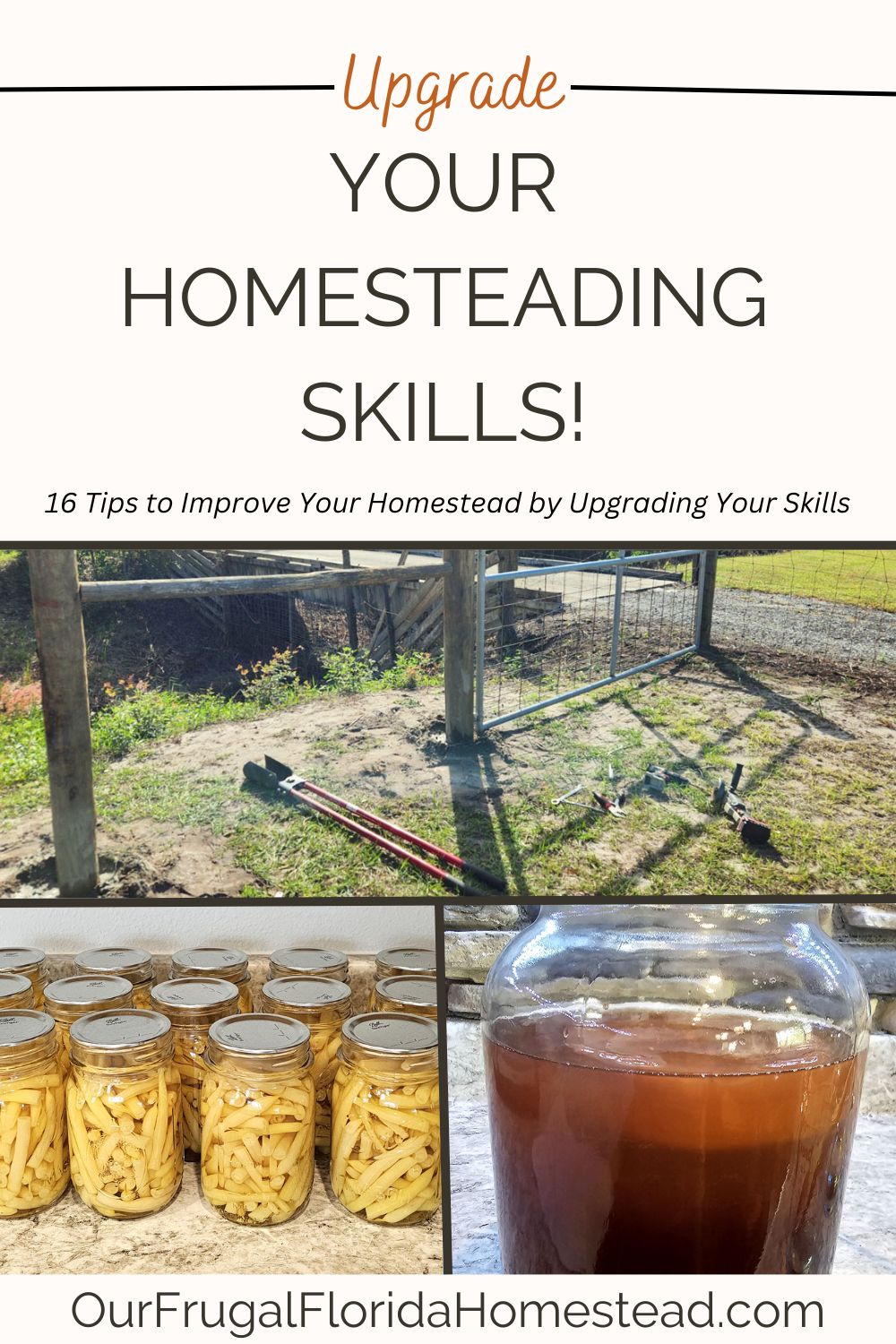If you’re considering a new homesteading project or want to delve deeper into a homesteading practice, chance are you’ll need to upgrade your current skills to accomplish those goals. Continuous learning and skill development are essential to the growth of your homestead. They lead to greater self-reliance and sustainability.
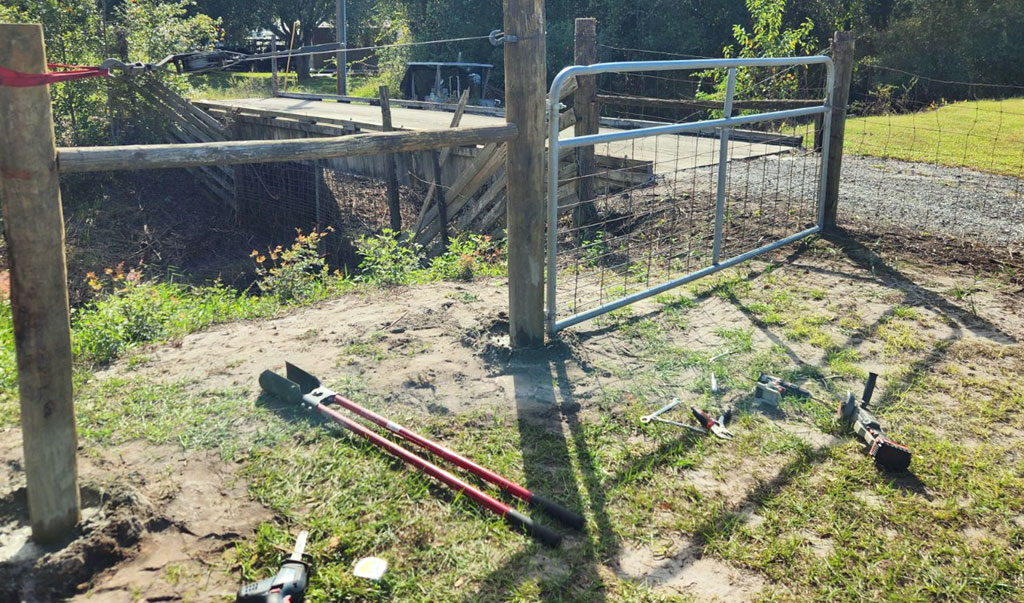
Here are 16 tips for upgrading your homesteading skills.
1.Set Clear Goals
Define clear goals for the new skills you’d like to learn. Understand why they’re important and how they will contribute to your homestead.
Once you set a goal or goals, break them down into manageable steps.
For example, you’ve grown three new apple trees successfully and you’d like to add peaches and pears to your homestead orchard. This goal will give you more food for your family plus additional income from selling extra fruit or fruit products. The bad or rotten fruit can be composted or given to the pigs. Some of the fruit tree branches from pruning can also be used for smoking meats.
When looking at these goals, there are different skills and techniques to consider for growing the other species. But the basic concepts of planting a tree, mulching, companion planting, protecting from disease and insect problems, harvest seasons and pruning are all similar. You’ll be able to expand on your current skills and even improve your existing goals from these new experiences.
2.Research and Gather Resources
Sometimes finding a resource is as easy as looking into a reference book like the Ball Book of Canning to find techniques. Other times, spending time with another person and getting one-on-one advice as you learn might be better, such as spending a day with someone learning how to chop wood.
3.Create a Learning Plan
Is this an easy skill you wish to improve upon or a whole process? Consider the time it will take to learn or upgrade your skills. What is your best learning style? Reading, watching, listening, or hands-on? How much time will you need to practice? Do you have the materials needed to learn this skill? Are you going to learn from a class, one-on-one with a mentor, or just learn as you go?
Set yourself up for success by making a plan to learn.

4.Start with the Basics
What is the basic skill you already know? What is the next step up from that?
Before you put in those 10 raised garden beds for tomatoes make sure you’ve had experience with growing at least a few tomato plants.
Start with the basic skill and gradually add onto it.
5.Hands-On Practice
Practice your new skills regularly. This is one time when “one-and-done” isn’t the best option. For some skills, repetition creates muscle memory and familiarity. I’ve kneaded bread dough so many times I can tell with my eyes closed when the dough is ready for rising.
A good way to evaluate your skill is if you can do it without thinking about the steps and just do it. What are the steps to milking a cow? Do you still need a checklist? Maybe you need more hands-on practice.
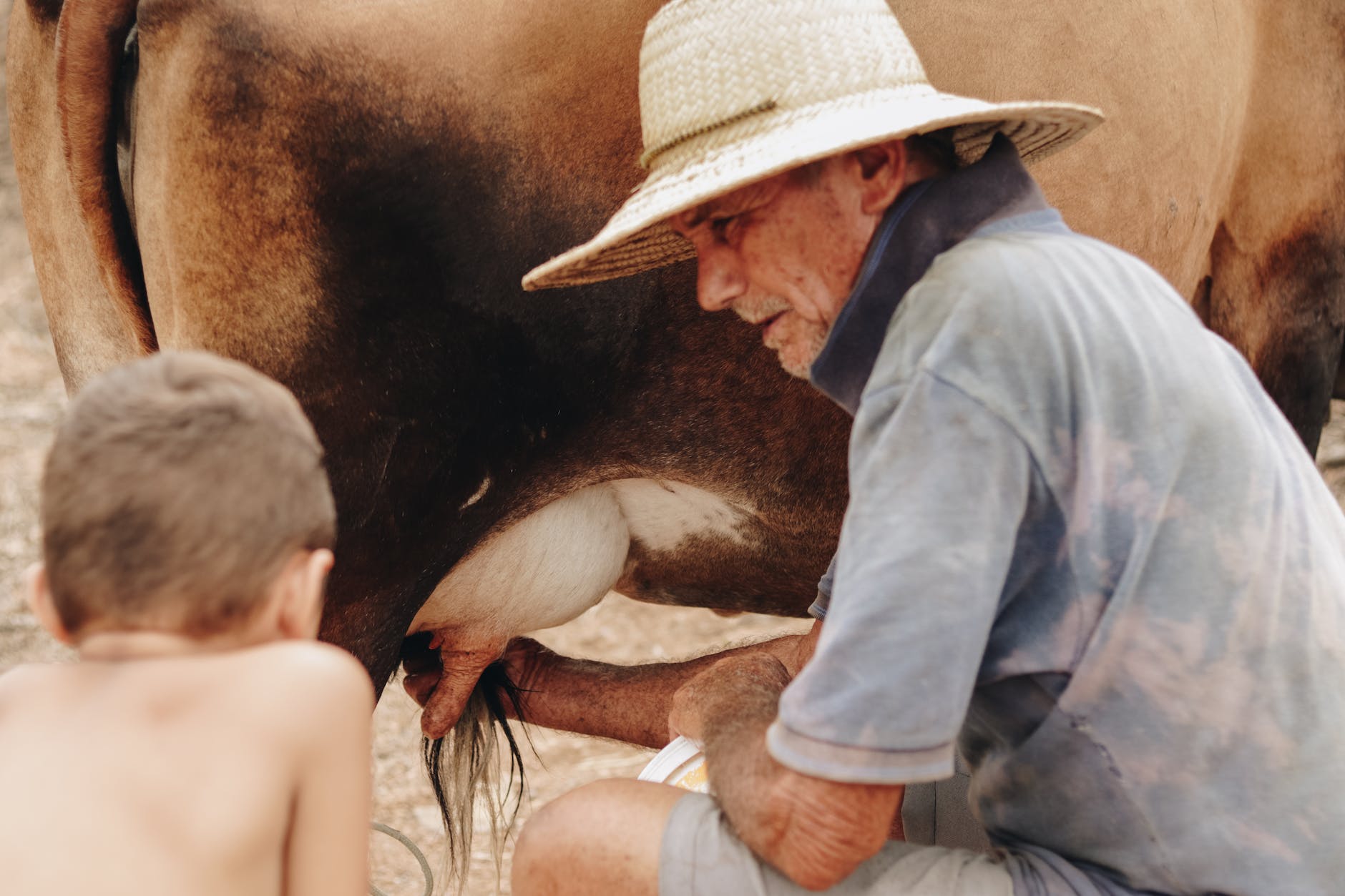
6.Seek Guidance
Sometimes we don’t always know what we need to know… you know? Finding a mentor might be your answer. The whole process of raising chickens or of pasture management can’t always be found in a book or from watching a few videos online. Speaking with and learning from someone with extensive experience will give you far better advice.
Finding a mentor may be difficult. Seek out local people for referrals. Or maybe ask around in an online homesteading group that you belong to. It might take some time, but once you’ve found the right person, you’ll have gained a lot more than just some new skills.
And when the time comes, be that mentor to someone else.
7.Teach Others
Not only does teaching others give back to the community, it also deepens your understanding of your skill.
8.Record Progress
Keep a journal or log of your progress. Note both the successes and failures. Use photos, drawings, video, or written notes.
For years I’ve recorded the progress of my gardening skills in a garden journal. In cookbooks I’ll write notes beside the recipes of how I’d do things different the next time, if it turned out bad, etc.
Many homesteaders use video and a platform like YouTube vlogging their progress.
I’ve never regretted keeping notes. There’s always more to learn than you realize when you look back over time.
9.Adapt and Adjust
Be open to change or new ways of approaching a skill.
The way I grew a garden in the Midwest is very different from growing a garden here in Florida. I’ve had to adjust when I plant a garden and harvest. The pests and diseases are different and I have adjusted my pest management too. I learned to adapt to the new climate and growing conditions and gained new gardening skills.
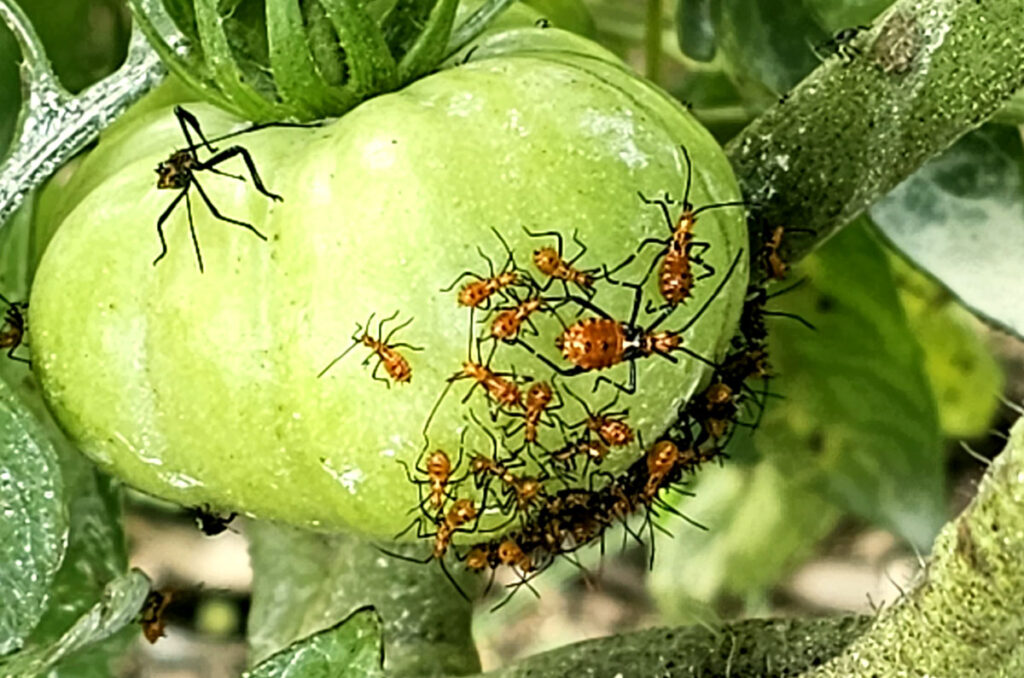
Sometimes, you might have to adjust from your current skills to newer and better skills. Learn from any mistakes or missteps and continuously improve on your techniques.
10.Learn Safety Precautions
Prioritize safety and learn of any potential hazards when learning new skills. What are the safety hazards and do you have a plan for addressing them? Do you have the necessary safety equipment?
Anything from oven mitts in a kitchen to first aid in the barn are important. Know where your safety items are and how to use them. Take a first-aid course, not just for humans, but also for any animals you are responsible for.
11.Network with Other Homesteaders
Sharing skills with other homesteaders is a great way to upgrade your current skills. Attend homesteading events, workshops, and fairs to network with like-minded individuals. Get support from and be a support to your homesteading community.
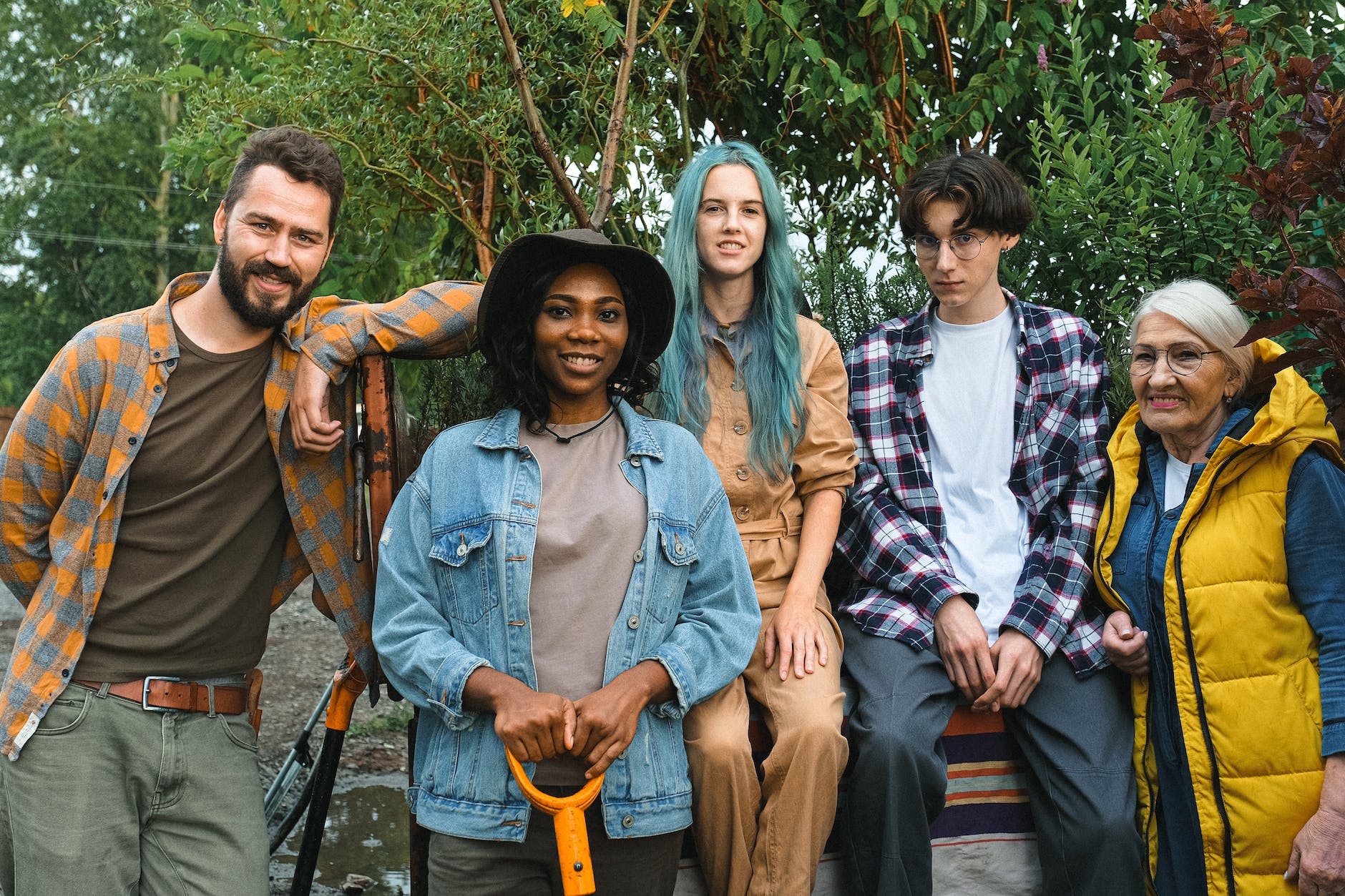
12.Embrace Sustainable Practices
Incorporate sustainable and eco-friendly practices into your homesteading skills. Use practices such as permaculture, organic farming, and water and land conservation practices. Make an intentional effort to live more in harmony with nature and prioritize sustainability over consumption.
13.Stay Informed
Stay up-to-date on the latest developments of your homesteading skills and practices. For example, capturing solar energy is a very different technology than only 20 years ago. New progress is always being made in understanding soil development, the knowledge of medicinal benefits of herbs and other plants has expanded, and so on.
Yes, homesteaders practice traditional living skills and try to live simpler. Sometimes though, newer knowledge or technology can create a better and healthier lifestyle.
Subscribe to homesteading magazines, blogs, vlogs, and podcasts to know and understand the best-practices of the skills you are learning.
14.Evaluate Your Progress
As you upgrade your skills, evaluate your progress. Use a journal or other record-keeping technique. Once you’ve advanced your skill, go back, and evaluate how well you’ve learned the skill.
- How easy or difficult was it to learn?
- Did the upgraded skill benefit the homestead?
- Do I need to go back and relearn part of this skill?
- How much more practice do I need?
Periodically assess your skills to see how they match up to your goals. If needed, adjust your plans, expand on your skill set even more, or maybe reevaluate your goals.
15.Celebrate Achievements
Once you’ve upgraded your skills – celebrate!
Reward yourself for reaching your goals. Share your happiness and success with others too. You never know who you’ll inspire.
16.Continually Learn
One of the joys of homesteading is the process of learning. Don’t always think of it as something you have to learn. Rather, consider it a short path off the main path of your homesteading journey.
